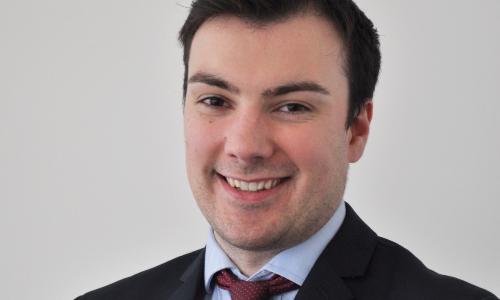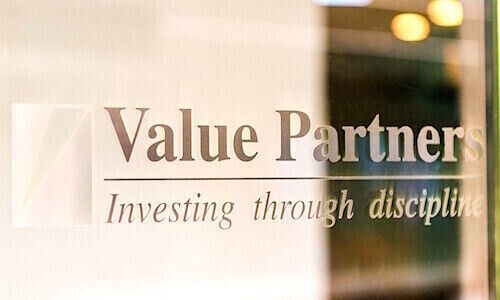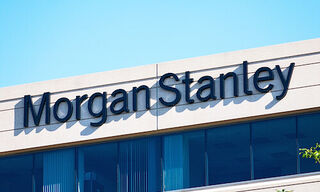A series by finews.asia has different fund managers talking about New Year’s customs in their favorite cities or hometowns.
By Mark Benbow, Co-Manager des Aegon High Yield Global Bond Fund at Aegon Asset Management
Living in Scotland, especially at New Year (or what we Scots call Hogmanay) – me and my family try our best to attend a local Ceilidh (a traditional gathering often involving lots of folk music and dancing).
Many happen in Scotland and are fun for all ages. For anyone that has been to one, you will know what I mean. For others, you need to try it!
Better Than They Have Done in Years

Mark Benbow (Image: Aegon)
What should investors try out in 2024? We are balancing both caution and optimism on the High-yield asset class in 2024. The reason for that in our view is straightforward – higher interest rates with a higher cost of capital represent an environment where creditors get paid better than they have done in years. The challenge? A lot of corporate borrowers can’t afford the interest repayments.
For these reasons, 2023 has been a year where we have found more joy and success in higher-quality companies. BB businesses have come to market and been charged high single digits and in some cases low double digits to borrow capital. This is a High-yield fund manager's dream. Double-digit coupons without the lower quality risks are not a common occurrence.
Pure Transfer of Wealth
Household names such as EDF (9.125 percent), Royal Caribbean (8.25) percent, and Ford (7.2 percent) have all faced expensive funding backdrops. We don’t believe these businesses face any default in the near-term Ford has recently returned to investment-grade status, and we expect Royal Caribbean to follow suit in 2024 and EDF is owned by the French government.
Lending to these corporates at a higher interest rate to our mind is a pure transfer of wealth from equity to bondholders and something investors in the high-yield asset class should celebrate.
Wrong Point in the Cycle
However, the higher funding rate is a double-edged sword. We’ve seen certain issuers (such as German real estate company Adler) come to market for an eye-watering borrowing rate of 21 percent. We believe in lower-rated businesses; they often find themselves with the wrong balance sheet at the wrong point in the cycle and many will struggle with the interest burden if we remain in the funding environment for longer.
It’s for this reason we believe now more than ever it is important to be selective in how you allocate your capital.
Cheap Capital Behind
Years of central bank largess forced down funding rates resulting in companies becoming accustomed to cheap capital. The era of cheap capital is for now behind us, although we think this is a good thing for an active manager.
Artificially suppressing bond yields results in artificially suppressed default rates and we don’t believe it’s healthy for high leveraged companies to borrow cheaply. There should be a true cost of capital to be a high-yield issuer.
Not to Throw the Baby Out With the Bathwater
2024 we believe will be a year of dispersion between the haves and the have-nots. We encourage investors looking at the asset class not to throw the baby out with the bathwater. It still yields close to 8 percent which historically has been a great entry point. In fact, since 2008, buyers at entry points above 8 percent have earned double-digit annualized returns over one, three and five years.



















